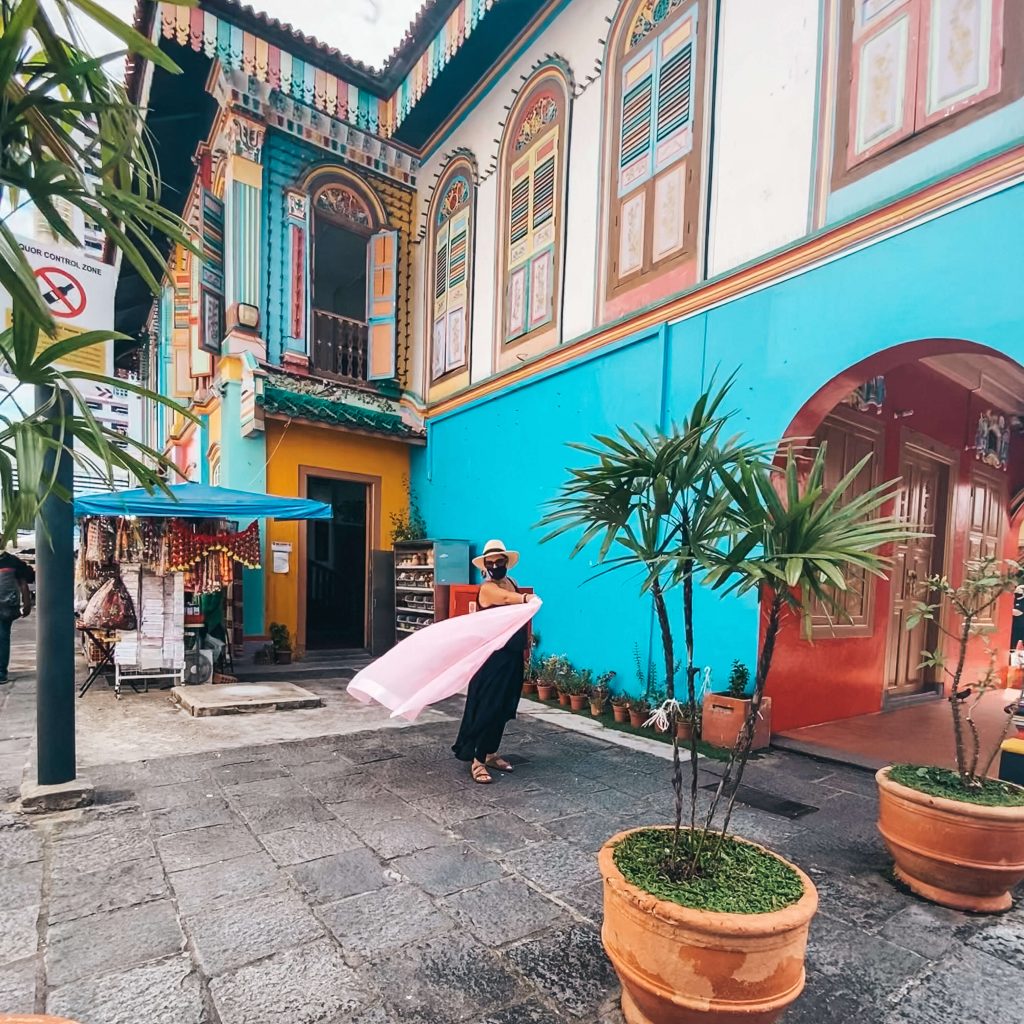Table of Contents
The Ultimate Singapore Living Expat Guide
When moving to another country, doing your research is vital (trust me, I learned from experience). However, sometimes the information out there can be confronting, confusing, and sometimes overwhelming. When you are not sure of exactly what you need to know before your big move abroad, the internet (although great at times) can also give you a case of information overload, so you need a Singapore Expat Living Guide to help you before you head off on your new adventure.
This ultimate Singapore living guide will give you vital information before your move. You will find everything from choices of schools to areas to live in and other things you didn’t even know you needed to know. I have done all the leg work for you as I have been a resident of Singapore for over three years and have lived in several postings within Asia myself.
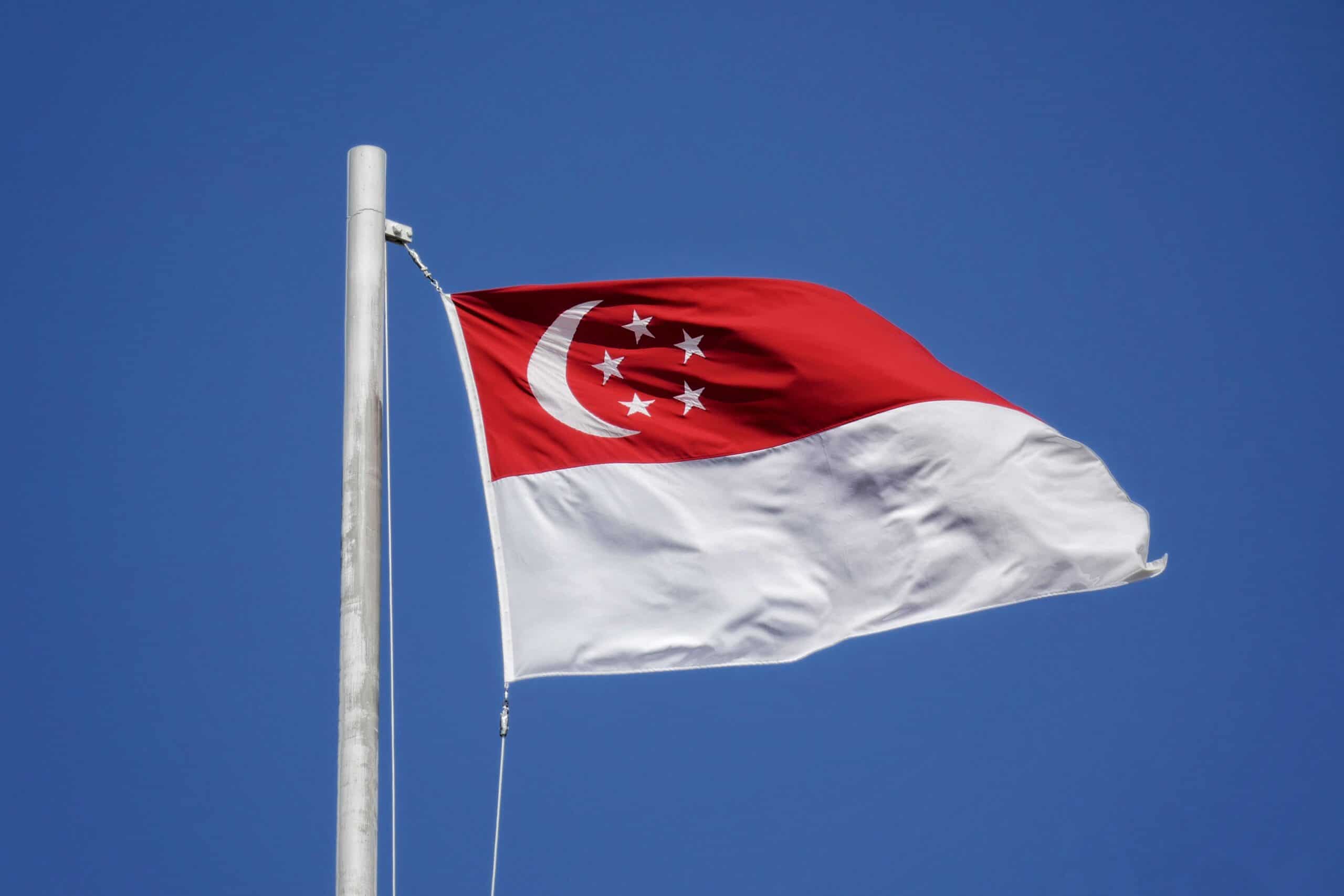
Things you should know before Singapore.
The National Languages of Singapore’s current population is approximately 5.70 million people( 2019), primarily consisting of Chinese, Malay, and Indian cultures. Although Malaysia has the same cultural melting pot, Singapore’s percentage of these cultures (and religions) are different. In addition, although the national language is, in fact, English, other languages consist of Mandarin, Malay & Tamil.
The main religions in Singapore are Taoism, Hinduism, Islam, Buddhism, and Christianity. Many religious shrines, temples, mosques, and churches and seen dotted in and around Singapore. It is not uncommon for one religious community to be stood alongside another, very rarely seen in other parts of the world.
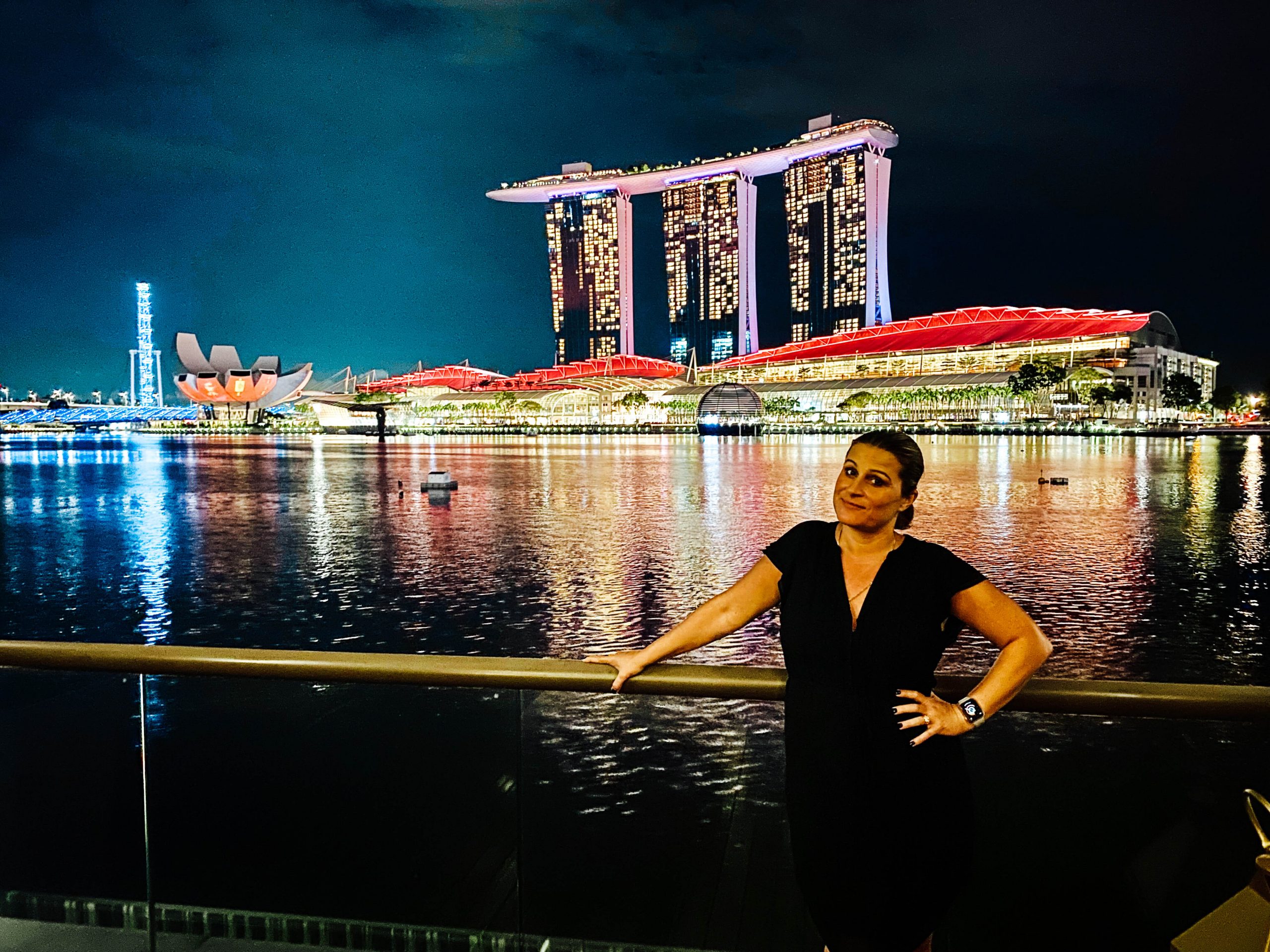
Currency of Singapore
Singapore’s currency is the Singapore dollar, approximately S$1 = AU$1
Living in Singapore Employment Pass Information
The most important thing you will own in Singapore is an employment pass; why? Because your family can not live or work in Singapore without it. Your employer will issue you or your loved one an employment pass (EP); this should be organized before your arrival.
Your partner will be issued a dependent pass (DP); this will allow you to live in Singapore; as of May 2021, DP holders can no longer work in Singapore; If you are planning to do so, you will need to qualify for your own EP or S pass (allows mid levelled skill staff to work in Singapore; you will need to earn at least $2500 per month and have the relevant qualifications for the job), or a work permit.
Your children 21 and under will also qualify for a dependant pass, and in some situations, a student visa is needed.
If you require further information on employment pass holders or whether you and your family qualify for any of these visas, check out the Ministry of Manpower (MOM) for more information.
Identity cards are essential in Singapore; you will need them for all kinds of things; to open any utility account, attend appointments and use apps.
Also, the central provident fund (CPF) is a mandatory social security saving scheme funded and contributed by employees and employers. The CPF is Singapore’s retirement funding scheme.
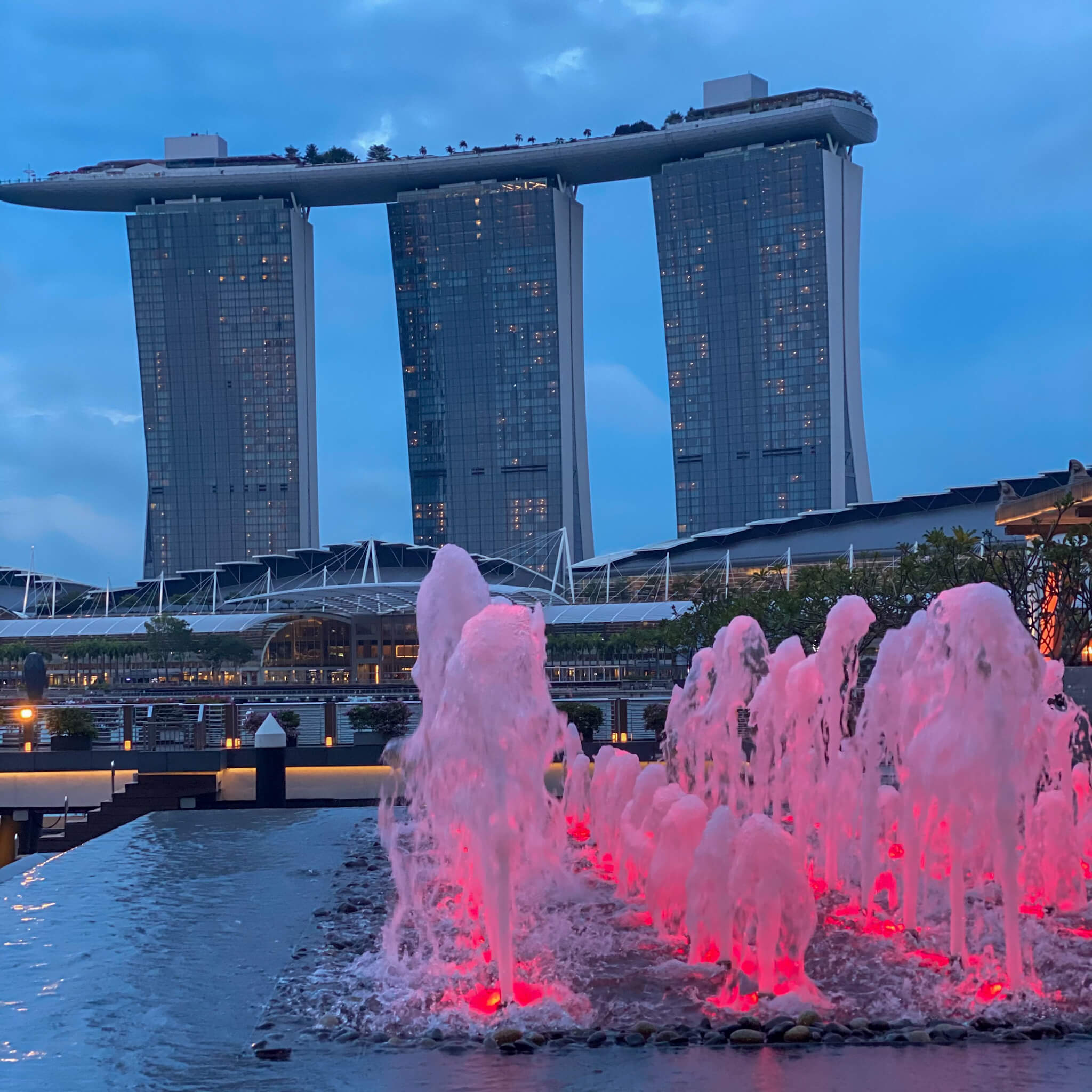
Living in Singapore area guide
Expat Living Singapore is different to many other countries I have lived in, in Asia. Because although you have Holland Village (that is classed as an expat area), you can, in fact, live anywhere in this small island country and feel like you are part of the expat community. Each area has its own unique feel; when you are looking for property, each district has its own number:
D01- Boat Quay / Raffles Place / Marina
D03 Alexandra / Commonwealth
D04 Harbourfront / Telok Blangah
D05 Buona Vista / West Coast / Clementi New Town
D06 City Hall / Clarke Quay
D07 Beach Road / Bugis / Rochor
D08 Farrer Park / Serangoon Rd
D10 Tanglin / Holland / Bukit Timah
D11 Newton / Novena
D12 Balestier / Toa Payoh
D13 Macpherson / Potong Pasir
D14 Eunos / Geylang / Paya Lebar
D15 East Coast / Marine Parade
D16 Bedok / Upper East Coast
D17 Changi Airport / Changi Village
D18 Pasir Ris / Tampines
D19 Hougang / Punggol / Sengkang
D20 Ang Mo Kio / Bishan / Thomson
D21 Clementi Park / Upper Bukit Timah
D23 Dairy Farm / Bukit Panjang / Choa Chu Kang
D24 Lim Chu Kang / Tengah
D25 Admiralty / Woodlands
D26 Mandai / Upper Thomson
D27 Sembawang / Yishun
D28 Seletar / Yio Chu Kang
When looking for property, you may want to factor in if you wish to live near your workplace, school or somewhere by the water. Nothing is that far away, to be honest! However, living close to a Train station or bus stop can be important if you choose to use the efficient public transportation Singapore has dotted around the country.
Living in and around the city centre has ample stations and bus stops; however, if you are going to live a little further out west or on the east coast, you may want to check where your closest public transport station is.
Postcodes are also important in Singapore as if you can memorise your postcode, that is all you need to give a courier or a taxi driver to find your home.
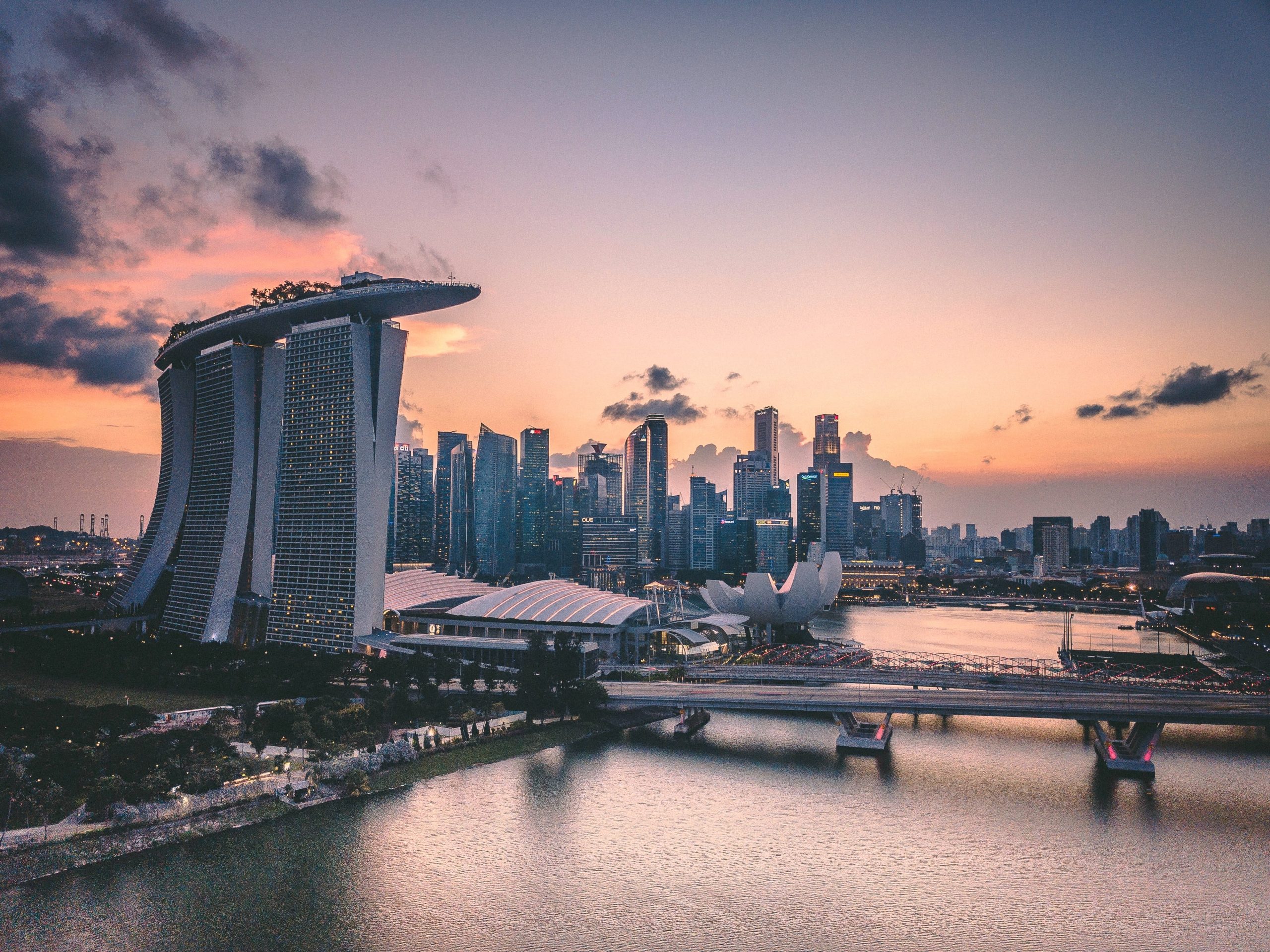
Living in Singapore housing style
Once you have decided on an area you want to live in, the next choice you will need to make is the style of residence you want to make your home. Next, you will need to figure out your family’s needs. Are you arriving solo with a family, or are you planning on starting a family sometime soon? All these factors need to be considered when deciding on your style or home and your budget for housing.
Condominiums/Apartments
Condos in Singapore are plentiful; in other words, they are pretty much in every district in Singapore. Depending on your needs depend on the condo you are looking for; generally speaking, the older the apartment, the bigger space. Also the further from the city centre the cost becomes more affordable. Most apartments have facilities such as a pool and gym; however, other more extensive complexes will also have tennis courts and corner stores (for your basic needs).
HDB Flats
There is much affordable public housing in Singapore, all managed by the Housing and Development Board (HDB), with 80% of the population living in this style of reasonable accommodation. HDB flats come in various sizes and are found everywhere in Singapore. The most famous is The Pinnacle@Duxton, on Cantonment Road. Why? The Pinnacle@Duxton is in a popular area in Singapore; there are seven apartment blocks, each standing 50 stories high and are all linked by two sky bridges. It is the first of its kind, being the first sky bridge and the tallest public housing development globally, with each tower home to a sky garden. Until last year, the building was open to the public for a fee, where you could ride the elevator to the top of the building.
Cluster homes
Cluster homes are landed properties connected with other houses (like a townhouse or duplex), but they share a communal pool and usually have gyms and BBQ areas. In addition, they often have private carparks and playgrounds, and the home is spread over many floors.
Terraced homes
A terrace house is a handful (or more) of landed properties but is connected (think detached homes or semi-detached homes). They can be called row houses as they are identical houses sharing walls on the same plot.
Shophouses
When most people think of Singapore, they think of shophouses. These heritage buildings are a rarity to rent. Because they are part of Singapore\’s history, they can come at the more pricey end of the market. However, some specific areas in Singapore are known for their beautiful shophouses.
Townhouses
Townhouses in Singapore are a fusion of other types of housing. Typically Townhouses share facilities like condos, but they are built side by side like terrace homes. The difference is; here, they are usually roomier like landed properties.
Semi-detached (semi-d)/duplexes
Duplexes are landed property and are prevalent in Singapore. The semi-d is different to terrace houses because they usually only share one common wall. Thus, allowing for more space and privacy.
Landed properties
Landed properties are not as common as the other styles of housing – why? Because Singapore is a small island that is constantly trying to reclaim land because the population is ever-growing. The benefit here is that some properties have a pool, and others have enough backyard space to kick a ball around. The downfall of renting a landed property is the cost that goes with it. Most contracts will stipulate such things as a gardener, pool maintenance, and electric gate maintenance as a proven entity, and some landlords will ask to see the receipts.
Having a landed house means owning the land where the property stands on. In land-scarce Singapore, this is no easy feat as such homes are among the most expensive residential properties here, and only the well-off can afford them. Despite their high maintenance and property tax, these dwellings boast huge layouts, in addition to their exclusivity and privacy.
Bungalows/ Black and White Bungalows
Bungalows should not be confused with landed properties; bungalows are more extensive, much more expensive, and only found in Singapore\’s most affluent areas. Black and White bungalows are white colonial-style buildings with black timber beams built for the Europeans in the 19th Century. These Bungalows have much more space than average landed properties and other bungalows. However, they usually are either rented out by diplomatic families and company heads, and they come with a rather sizeable renting cost.
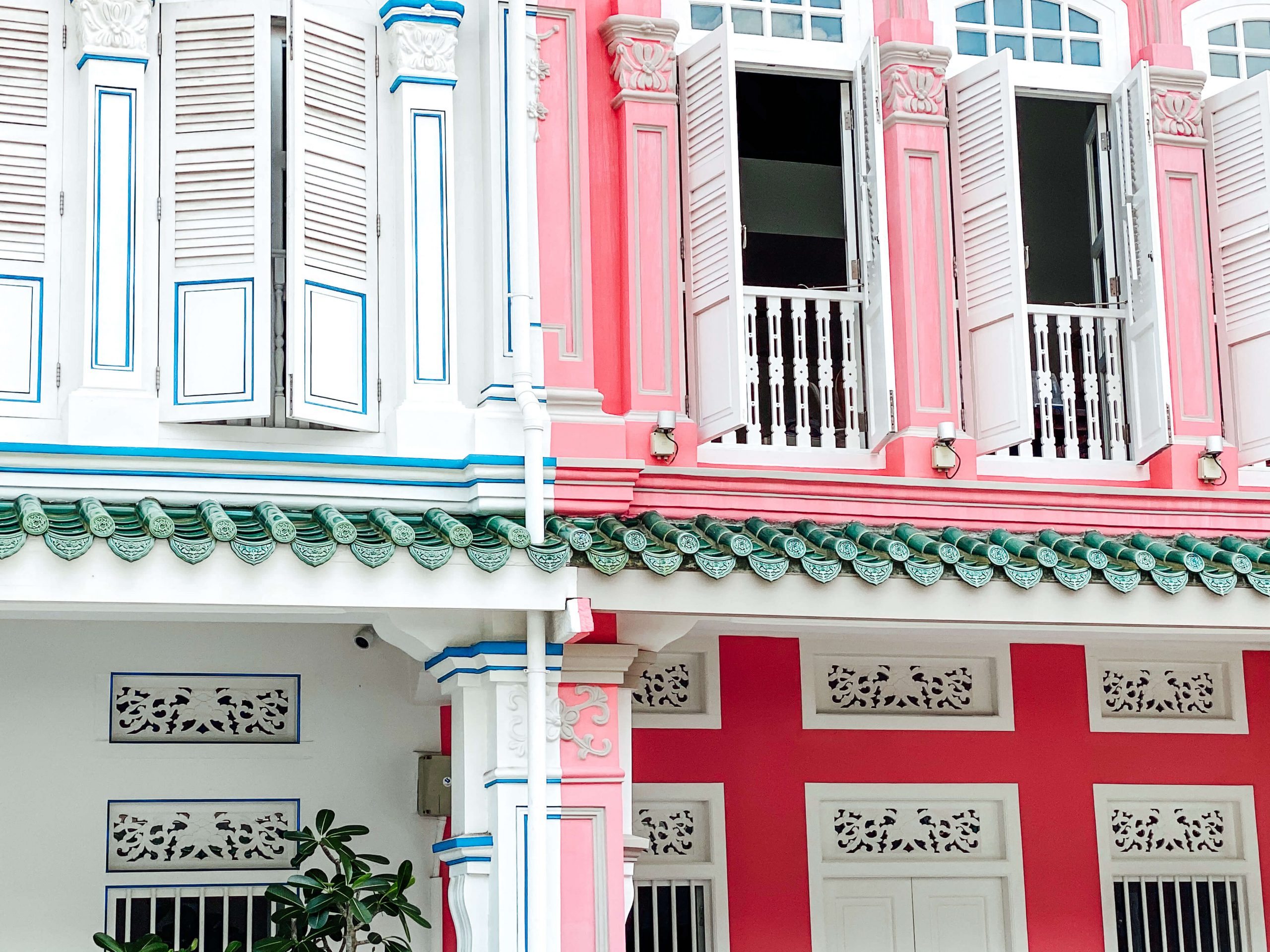
Living in Singapore Transportation
Many people who have visited Singapore would have ridden at least once on Singapore’s mass rapid transit MRT. This efficient public transportation is praised around the world for its efficiency, reliability and its affordability. In general, the public transport system in Singapore is so good that most residents use the public transport system rather than purchasing a car.
You can pay for public transport using the EZ link/Nets Flashpay card. You can purchase these at the train station and top them up at either a convenience store or at the train station\’s machines.
Strangely buses are my favourite way to get around, especially if you sit upstairs at the front. When I first arrived in Singapore, I would catch the bus if I wasn’t walking the streets to get my bearings (sometimes, it was just way too hot). It gives you a better perspective of how to get from A to B. It also is an easy way to see how close Singapore really is!
Grab/ Gojek/Taxi: Download all three of these apps as they are crucial during peak hours or afternoon thunderstorms when one option isn\’t enough. I have had many drivers cancel on me at the last minute, or there are no drivers in my area. Strangely, the cost between all three varies and can not be defined by any of them constantly being cheaper than the other.
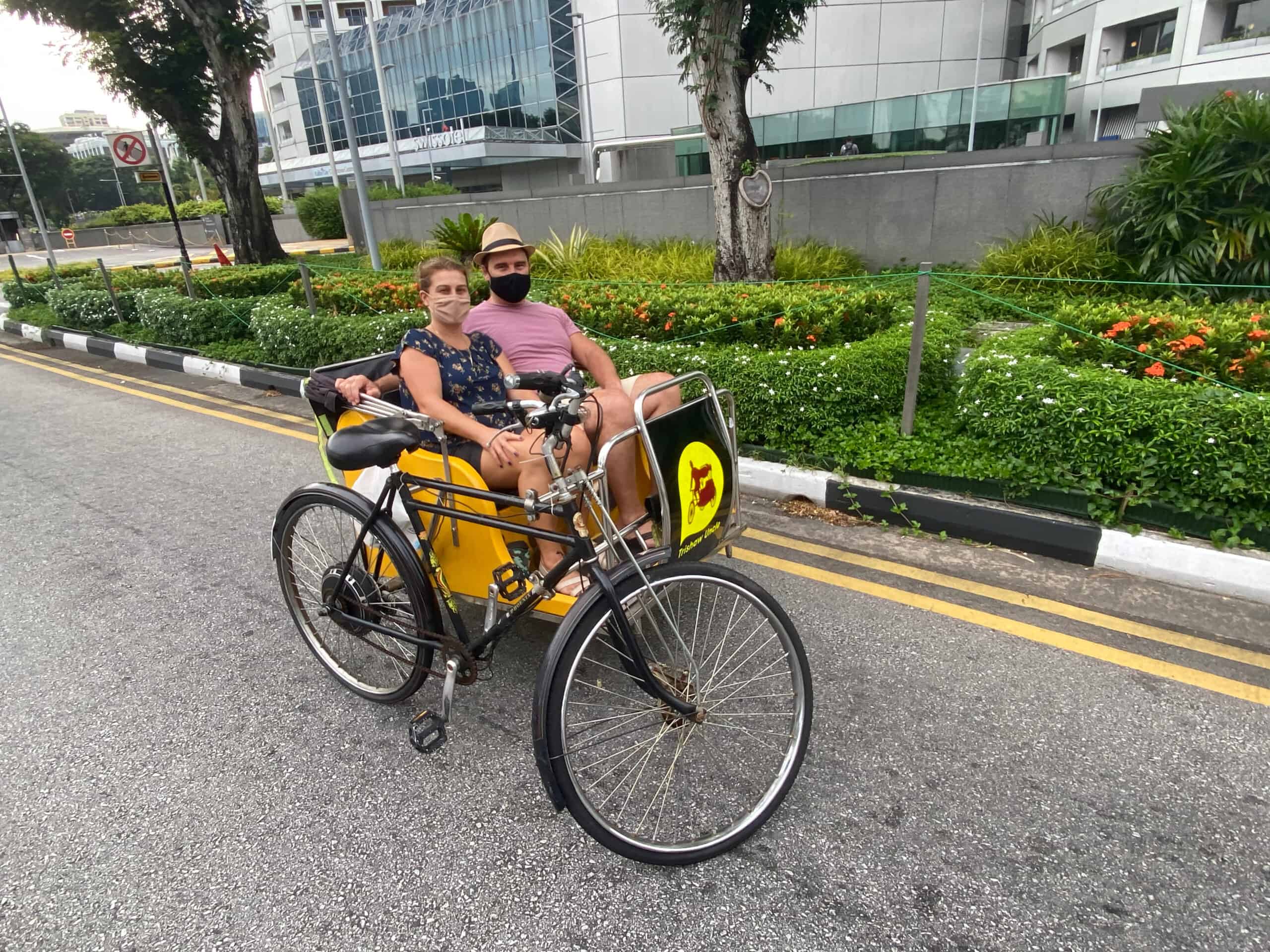
Cars
Cars are generally the most expensive purchase you will have in Singapore! Why?
- Your (new) car will have a maximum lifespan of ten years.
- Open Market Value (OMV) takes freight, purchase cost, insurance and other charges into consideration.
- Excise Duty tax (20 percent of OMV) is another type of tax
- Goods & Services Tax (seven percent GST of your Excise Duty + OMV) – a consumption tax and additional registration fee.
- Certificate of Entitlement (COE) – this gives you the right of ownership for then years.
- Local dealers margin
Other factors regarding owning a car in Singapore are road tax, vehicle insurance, parking costs, Electronic Road Pricing (ERP), petrol and maintenance. Moreover, under the assumption you have paid it outright and you haven’t purchased it through a loan, which can add up to even more costs.
Remember also: you can drive on your homeland’s licence for no longer than one year, and then you will need to sit for a written test and pass a driving test to be eligible for a Singapore driver’s license.

International Schools In Singapore
There are many international schools in Singapore. However, some have extensive waiting lists. Be sure to have interviews and placements finalised before arriving, as this may take longer than expected in some circumstances. Singapore expats are not eligible for local schools like in some other countries unless they decide to apply for permanent residency.
Here are a few International School Options:
Tanglin Trust School (TTS)
Tanglin is the only school in Singapore to offer both the A-Levels (British Curriculum) and the IB Diploma to their students. In addition, the school is the oldest British International School in South East Asia, dating back to 1925.
Australian International School AIS
The Australian International School is a non-selective school and has over 50 nationalities. AIS provides both the Australian curriculum (NSW) and the IB Diploma to their students. AIS opened its doors in 1993 and has been thriving ever since.
Canadian International School CIS
CIS has been teaching in Singapore for the past 25 years. School starts at two years of age, right up to secondary. With 70 different nationalities, the school offers IB Diploma to ensure their students are ready to apply for university globally.
Dulwich College
Dulwich College offers dual languages in both Mandarin and English. In addition, the Dulwich College school system provides students from secondary school the chance to learn through the IB Diploma or International General Certificate of Secondary Education.
Singapore American School (SAS)
Based close to the border of Malaysia, Singapore American School ranges from 2-18 years of age and is based on the American Curriculum. With 66 different nationalities and over 4000 students, the school does have a priority list when applying.

Living in Singapore Supermarkets and grocery stores guide
Cold Storage
You will find Cold Storage supermarkets in almost every district in Singapore. It is the go-to supermarket chain for expats. I would love to say you will find everything here, but that is not always the case because not every store holds every product. You can, however, purchase alcohol at Cold Storage, so it is an excellent one-stop shop for most things. If you don’t have a car, there is a delivery service to take advantage of here.
Cold Storage in many different locations
Fairprice
Fairprice is a little like Cold Storage; they are dotted everywhere around Singapore, and they also deliver. Usually, if I can’t find something at cold storage, I will find it at Fairprice. Pricing is pretty similar, to be honest, but it depends on which district you are buying in.
Fairprice many different locations
Redmart
Redmart is pretty convenient as it is all online. Redmart has everything from pet products to party suppliers, and although they do have fresh food, I have found it doesn’t always last long, or sometimes it isn’t very new.
Redmart is owned by Lazada.
Mustafa Centre
Mustafa Centre has everything and anything; it is open 24 hours and located in Little India. Although it has a grocery section, it also has everything from table clothes to electrical goods. A great place to start if you are picking up basics when you first arrive.
Mustafa Centre, 145 Syed Alwi Road, Singapore 207704
Don Don Donki
If you have ever lived in Japan, you will love Don Don Donki! It takes me back to my life in Tokyo, with so many Japanese foods and treats that will have you clapping your hands with excitement! From Japanese snacks to ready-to-eat meals, this place feels like you have stepped into a supermarket in Japan.
Don Don Donki, multiple locations
If you are after healthy choices, there are plenty of places to choose from in Singapore.
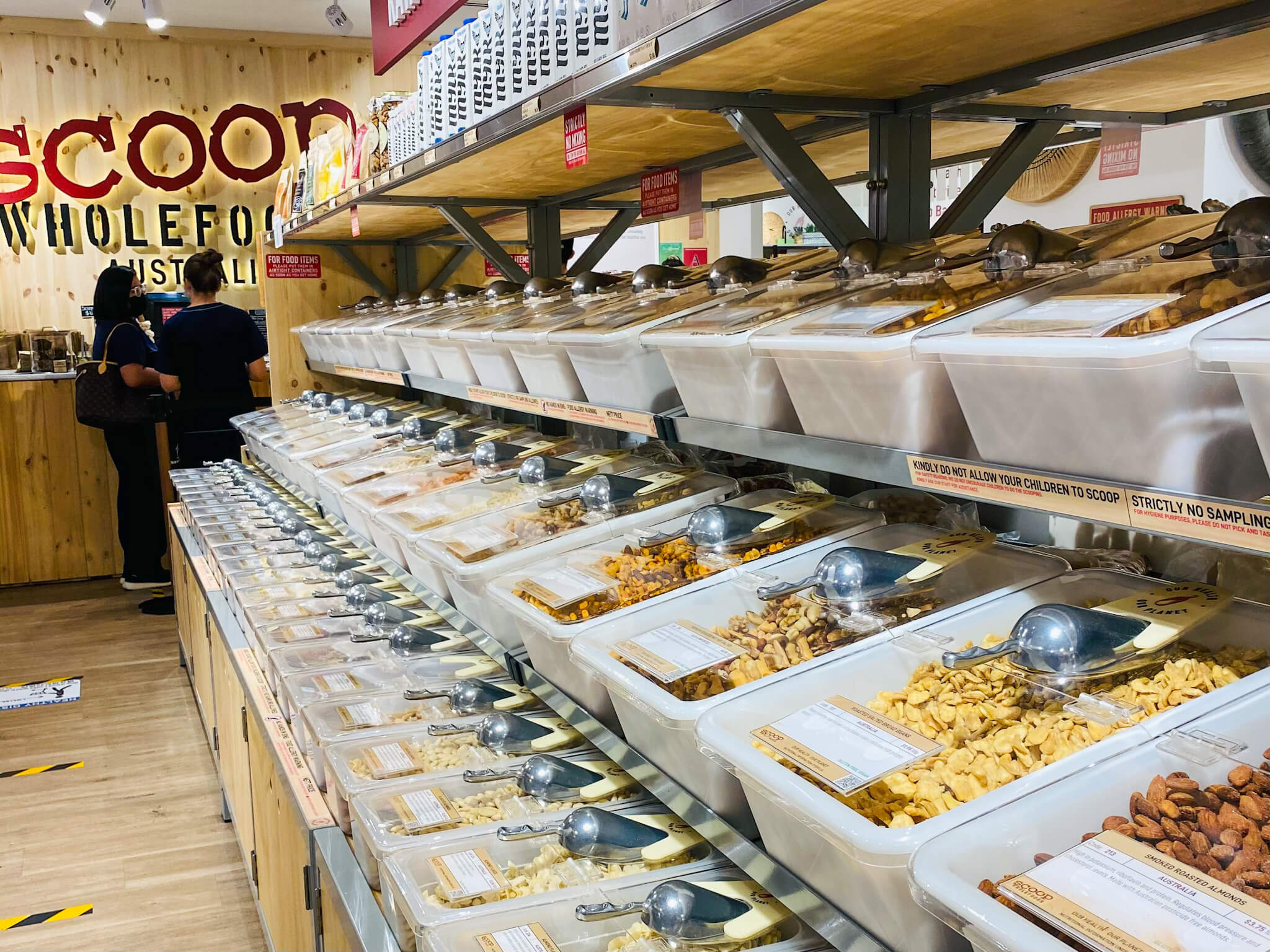
Moving Companies
Moving can be stressful, and having the wrong company makes the experience even worse. A few things to remember when moving to Singapore: firstly, if you are moving into any place with a security guard, e.g. condo, cluster home, etc., you will need to fill in a form from the management office. You will also need to find out what the rules and restrictions are with that building complex. These include things like what time the movers have to be off the property or where they can park.
Next, do not expect the removalist will unpack your goods like they had packed them in your home country. They might be the same company, but the experience will be very different. Also, be prepared for your things to be unpacked so fast that you will not have time to check what each person is doing; I prefer to ask them to empty the more oversized items like tv, lounge etc. and leave the boxes in each room for myself to unpack. Then when you are all finished, you can generally call them to pick up all the boxes.
When you are moving your pet to Singapore, there are many things you need to know before your move. There are certain breeds of banned dogs in Singapore; these include all types of Pit Bulls and all types of Staffordshire Bull Terrier, Akita, Perro De Presa Canario, Tosa, Fila Brasileiro, Dogo Argentino and Neapolitan Mastiff.
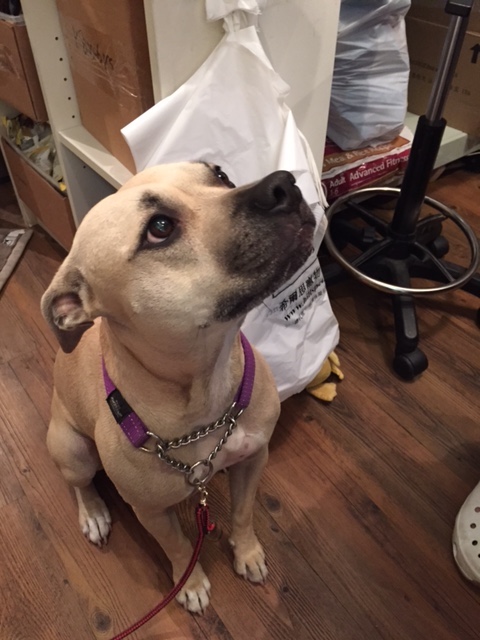
Singapore Furniture Store guide
Your life in Singapore will most probably be different to what your life is in your home country. So once you arrive, there will be furniture items you now require. A word of warning with beds – Bed sizing worldwide is different, so if you need new linen for your bed, buy it in your home country and bring it with you. The same goes for your bed; if you need a new mattress, be prepared for the different sizes in Singapore, e.g. most beds are shorter and are in between other sizes.
IKEA
IKEA is known worldwide, and the best part is it has European sizes at affordable prices! You can order online or go in-store and look around at the many displays there to get some inspiration.IKEA has always been the go-to furniture place for lots of expats; there is even a second-hand IKEA Facebook group. You can typically pick up a great bargain, and if you have furniture from IKEA you have brought with you that you no longer need, it is also a great place to sell your unwanted furniture.
Beware- all furniture comes in flat packs, so if you are like me and have no patience, it might be worth your while paying the extra to install the furniture on delivery.
Harvey Norman
For most Australian\’s Harvey Norman is a welcome home brand name. It has everything and anything from electrical goods to outdoor furniture.
There are several Harvey Norman outlets in Singapore. Of course, you will not find IKEA prices, but the furniture at Harvey Norman is more durable and will last you longer, and you won’t find a flat-pack anywhere.
Facebook pages, including Marketplace
If you are looking for affordable second-hand furniture that will quickly fix and fill the gap, Facebook groups like The Oracle by Real Singapore Expats Wives or Marketplace are excellent places to start. Most people selling are moving house or moving on, so they usually are selling things at a reasonable price.
Crate and Barrel
Crate and Barrel has a little of everything! They also have American-sized beds (I know because I bought one myself). From Western style decor to furniture and storage, Crate and Barrel is a good choice for your needs. The furniture is more expensive than IKEA and Harvey Norman, but they often have sales (worth looking out for).
Lee’s Antiques
If you want Chinese-style furniture, Lee\’s Antiques is a great place to purchase. In addition, Lee’s Antiques sells antiques and lots of other things, such as paintings and Chinese ginger jars, etc. You will find the prices reasonable and the service fantastic. They also offer private tours of 6. Lee\’s Antiques are at #06-09, 102E Pasir Panjang, 112589. Opening hours are 10:00 am–6:00 pm daily.
Tan Boon Liat Building
The Tan Boon Liat building is definitely a one-stop shop, as it has 15 floors of furniture stores, ranging from high-end to cheap and cheerful. It is the best place to buy teak and rattan furniture, as there are quite a few shops that sell loads of items. There are shops selling bits and pieces, like Singapore Trading Post and Emporers Attic. There are beds, kitchenware and loads of knick-knack shops also; however, be prepared to bring comfortable walking shoes, lots of patience and your wallet! 315 Outram Rd 169074,
Hospitals and dental care
Your company usually provides International Health Insurance; however, if it isn’t, you should be looking for a good one that will cover you for Singapore and your home country. If you are only looking for a health fund for Singapore, as you are already covered in your home country, that is also fine!
Expat health insurance can be pricey but is well worth it in Singapore as private hospitals (although they are efficient and have excellent facilities) can be very expensive! A word of warning, hospitals can be breathtakingly expensive, so check before you go.
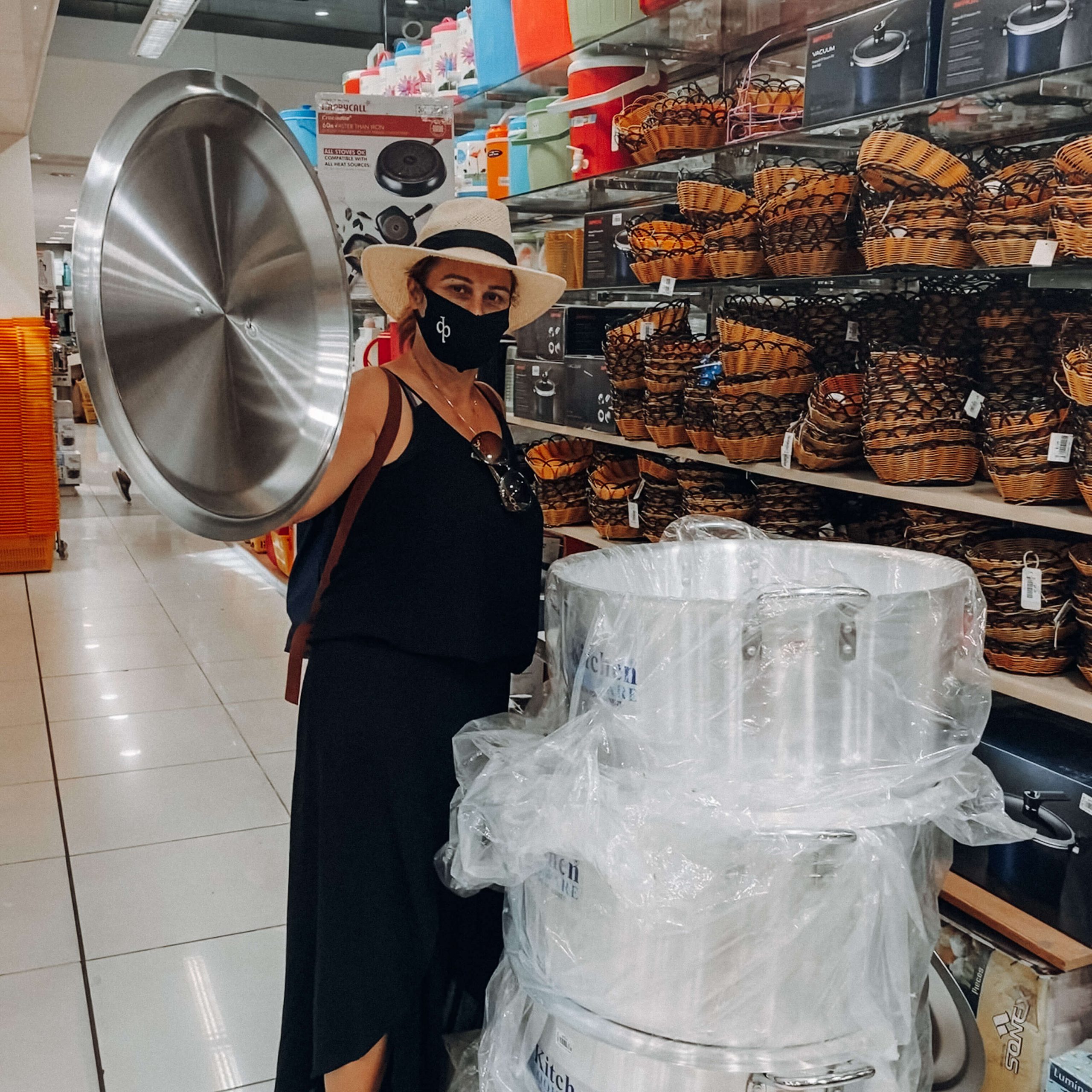
Utilities and mobile phone
Setting up utilities is my least favourite thing to do when moving. Usually, the endless paperwork makes the task time-consuming. However, I didn’t find it difficult in Singapore; as long as you have an employment pass, you can sign up relatively easily with SP services (energy and water). Then, download the app, which makes managing payments etc., easy!
When it comes to mobile, pay-tv and internet services, there are four significant companies. These include Starhub, Singtel, TPG Telecom and M1

Domestic Help
Employing Domestic help in Singapore is not uncommon. However, all domestic helpers must live in and only work for the employer and the family signing the contract. Ensuring you hire the right person to suit your family is difficult, so recommendations are welcoming but aren’t always the best option.
Ensure you interview more than one, and ask the questions that suit your family and the lifestyle you want in Singapore. For example, it is not worth employing a great cleaner if you need someone to look after your children while you are at work.
Other helpful Singapore information
GoGo (Van)
This app can be a lifesaver, especially if you don’t have a car! However, if you need anything moved, delivered, or picked up, it is best to organise a man with a van. So whether you need something picked up off Marketplace or at IKEA and can’t fit into a taxi, the GOGO van is a quick and easy option.
Australian and New Zealand Association (ANZA)
Many other clubs join, such as the British Association of Singapore and the American Women’s Association. However, I am mentioning ANZA because I have been a member since arriving. I have joined the association in all of the countries I have lived in Asia. There is always something on in ANZA, from Ladies’ nights to tours. It is a great way to meet like-minded people, and you don’t have to be an Aussie or Kiwi to join!
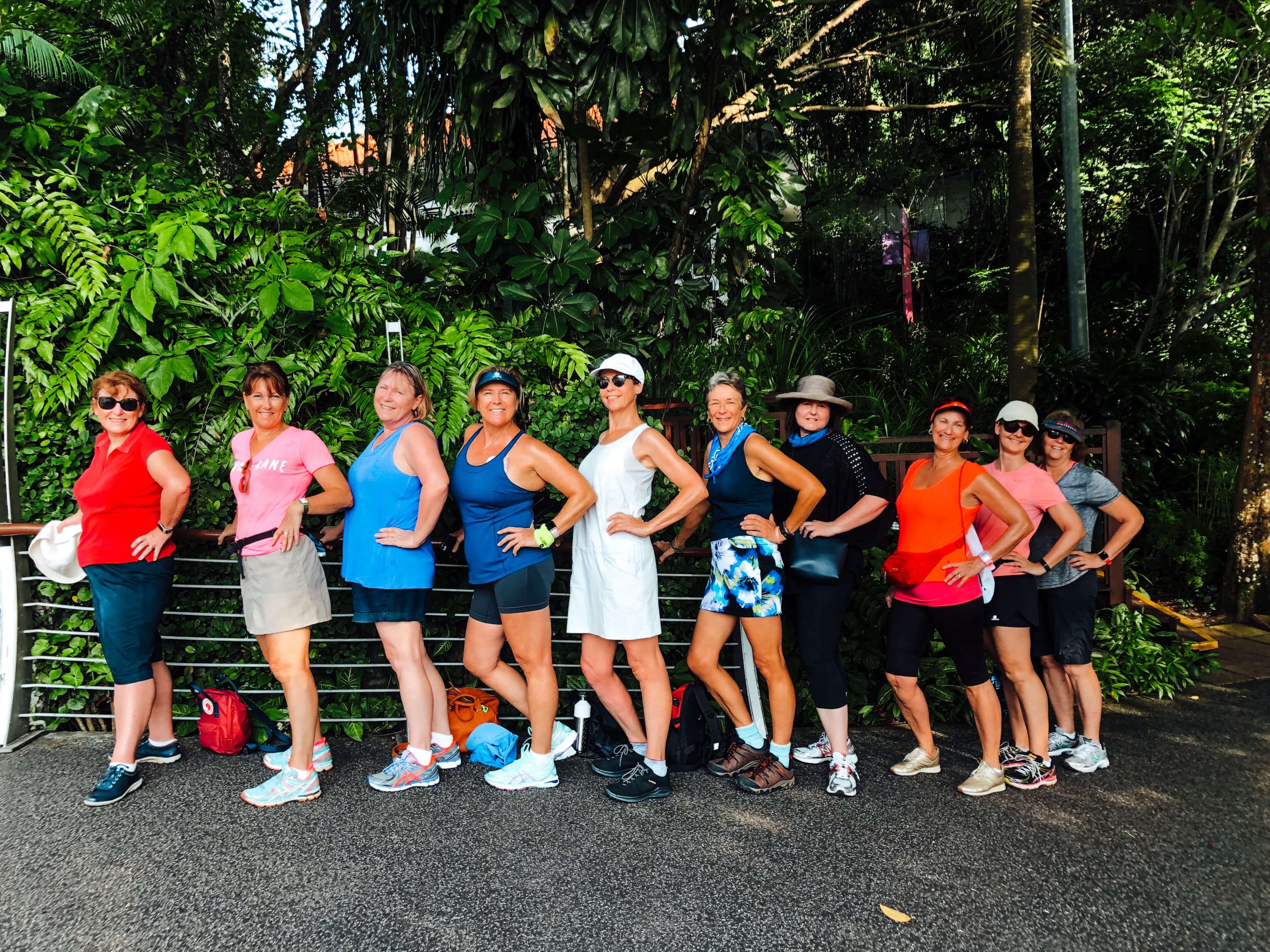
Thanks for taking the time to read my blog. I hope this post has given you the information you need. If you have any recommendations, tips or advice, I would love for you to share them in the comment section below!
Other things you need to know
This post may contain affiliate links, which means we may receive a commission at no extra cost to you if you make a purchase through a link. Please see our full disclosure for further information.
Check out my Instagram or join the Truly Expat Facebook group.
Pin it for later!

You may also like:
Is Complementary and alternative therapies, the new way of thinking?

